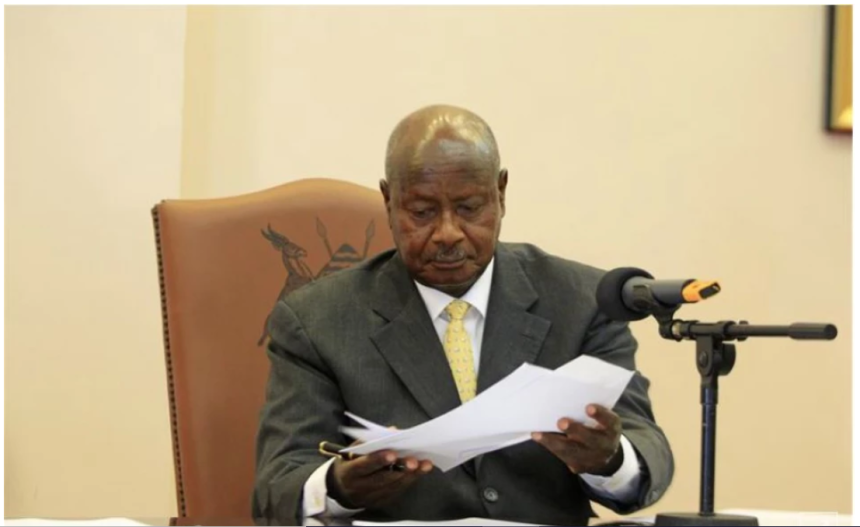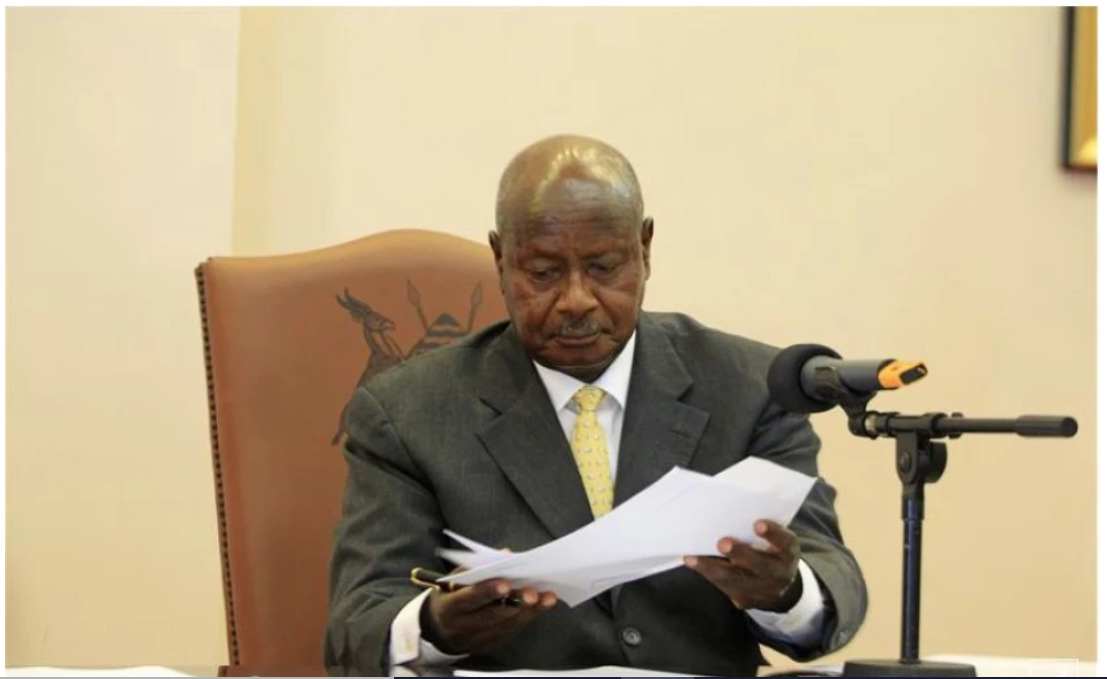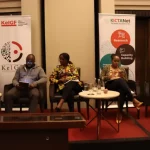Uganda is set to receive $120 million from the International Monetary Fund (IMF) under a credit arrangement with the multilateral lender.
The immediate disbursement follows completion of a fourth review under the Extended Credit Facility (ECF) to the tune of $1 billion approved in 2021 by the IMF board.
The funds are expected to help the East Africa Community (EAC) member state tackle near-term response to the COVID-19 pandemic and boost more inclusive private sector-led long-term growth.
As part of the package, Uganda is also expected to address reforms focusing on key social spending, preserve debt sustainability, strengthening governance and reduce corruption, and enhancing the monetary and financial sector frameworks, IMF said.
“The Ugandan authorities remain firmly committed to their economic program amidst a challenging environment. Most quantitative targets were met in December 2022 and March 2023. The Quantitative Performance Criterion (QPC) on the ceiling on the Bank of Uganda (BoU) net credit to government (NCG) was missed by a very small margin in March 2023. All structural benchmarks due between March and June 2023 have been met,” said Kenji Okamura, IMF Deputy Managing Director and Acting Chair.
Completion of the fourth review now brings total disbursement to Uganda under ECF to $750 million.
IMF projects Uganda’s economy to grow 5.5pc in the current financial year despite external shocks and tighter financial condition, and 6pc in FY2023/24.
On the other hand, inflation is expected to reach 5pc as per the country’s central bank medium term target by end of the year.
“The banking system is well-capitalized, and liquidity has rebounded, but the asset quality of some banks has deteriorated. Against this backdrop, safeguarding financial stability and strengthening the supervisory framework remain paramount. The current monetary policy stance is appropriate, but the BoU should stand ready to resume its tightening if signs emerge of a slower-than-expected disinflation. Exchange rate flexibility remains crucial to preserve external buffers,” added Okamura.




